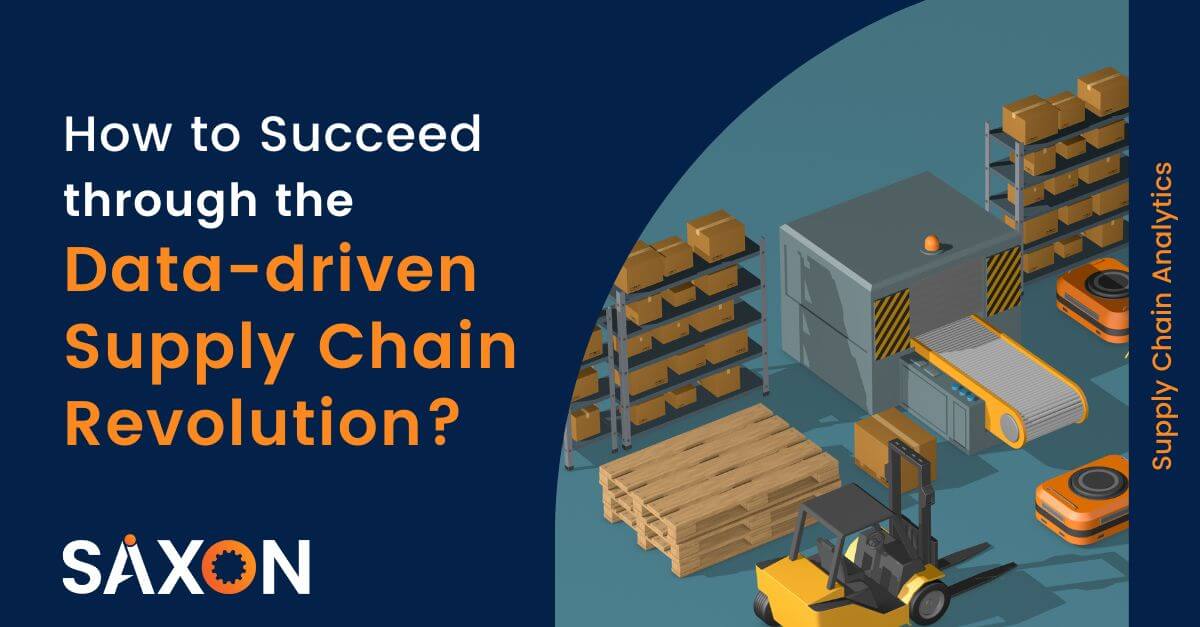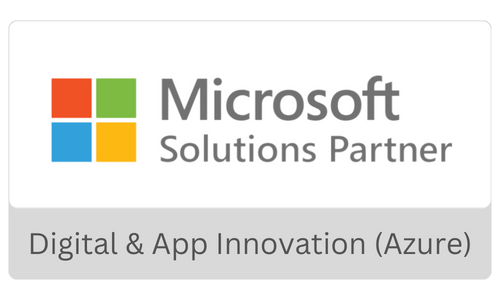Unexpected events like Covid-19, political turmoil with Russia Ukraine war, and natural disasters are not common daily. But they tend to disrupt global supply chains for many businesses worldwide. As per McKinsey, a multi-faceted and prolonged shock to production lines for most sectors may clear 30 to 50% of the EBITDA earned in a year. So, the critical focus for CEOs seems to be supply chain resilience, efficiency, and reliability.
How to improve resilience in the supply chain?
With the business dynamics constantly changing, short-term solutions may not work to predict the changes. Preparing for significant uncertainties does not come in a day. Organizations must set a long-term vision to tackle the unknown challenges in the supply chain. How to do it?
A data-driven supply chain – Usually, many executives consider a component in the value chain, say production disruption, supplier delays, just-in-time inventory, logistics, damages, and product quality, and improve them. But all of these are interwoven, and an efficient supply chain should consider all the data points to stay resilient. A centralized view of the data from every process can only predict the efficiency of the supply chain.
Simulation and planning for disruptions – For proactive supply chain management, you must test all components’ stability, timeliness, and effectiveness under distressing situations. If possible, an action center with four elements – people, operations, decision-making, and warning systems provides better coordination among cross-functional teams.
Digital twin for critical supply chain elements – Understanding the interdependencies between suppliers, material flows, production output, and customer goods flow is vital. Before any new change gets implemented in the system, the digital twin can help replicate the operations and understand the intricacies. Moreover, this approach is also data-driven and exposes the hidden value potential and invisible interdependencies.
An action center to consolidate responses – Considering the readiness and stability of the supply chain for sudden political turmoil or cybersecurity, organizations should set up an action center. A cross-functional team can manage the proactive responses in crisis scenarios and continue testing the financial stability of the entire supply chain. Though this seems based on the data-driven supply chain, it brings in more centralized management.
Let us talk in more detail about enabling a data-driven supply chain in this blog.
Data-driven Supply Chain – What is it?
Gathering critical data and garnering insights from them improves supply chain management, as it improves visibility into operations, logistics, inventory, customer preferences, and demand.
A data-driven approach to organizational supply chain management enables to predict any production, inventory, raw material, and quality deviations in real-time. Why do you need this approach? It brings agility to pivot when there is a sudden disruption, improves productivity, and enables faster decision-making. It also brings in a holistic picture and visibility to supply chain performance.
As there are vast volumes of data through the supply chain, organizations should leverage modern technologies like data pipeline automation, pre-built cleansing routines, AI, and pre-built supply chain dashboards to accelerate insights. Our out-of-the-box solution, InsightBox, will help you generate insights in hours and not days.
Best Practices for a Data-driven Supply Chain
- Focus on extensive use of internal data
Most companies believe that they reap the best advantages from their internal data. But they may also overlook data from a few departments, considering the interdependencies in the supply chain. In a data-driven supply chain, organizations should take advantage of different functional data that they already possess.
Imagine a tech retailer leaving behind their promotions and consumer reactions data in their stock replenishment algorithm. The data is straightforward to append to the model, but leaving that may not provide compelling predictions for their operations. Organizational leaders typically focus on external data to improve their supply chains but should ask other business functions and departments for supply chain-related data.
- Support from external data
Once you leverage internal data, organizations need to focus on external data too. During the pandemic, there were many demand fluctuations due to changes in consumer behavior. And now, with inflation skyrocketing, there is a huge variation in consumer spending. To increase supply chain resilience, organizations need to leverage the demographic data and the historical spending patterns and identify the correlation between different spending patterns.
Apart from the consumer data, organizations should consider leveraging their supplier, distributors, and inventory data to bring more agility to the supply chain. Suppliers’ data can provide more insights into lead times, and distributors’ data offers more details about consumer spending and demand.
- Automate data acquisition and management
When the data teams have a vast amount of data, it often gets tough to understand the meaning and correlation of the data sources. To streamline supply chain insights, organizations must focus on master data management, data cleansing, and automating the data pipelines.
Further, automation through the data management process helps organizations with data as they need it. They can also leverage emerging tools and technologies to automate data acquisition, management, and analytics processes.
- AI and ML
Supply chain management is dependent on many internal and external dynamics for any business. It is better to understand the historical aspects of production, inventory, logistics raw materials and predict the future outcomes.
As the data may change rapidly in the supply chain, AI and ML models are the best fit as they can quickly incorporate new data to predict the future. Furthermore, supply chain leaders may not wholly rely on historical patterns; they need to include advanced AI and ML models to predict the changing behavior according to the market conditions.
- Leveraging unstructured data
As businesses are improving their focus on unstructured data, supply chain management should also leverage it to make better decisions. For example, relying on social media feeds has helped many organizations improve their supply chain for changes in demand.
Supply chain leaders should focus on creating a data foundation that can handle both structured and unstructured data for quick and real-time insights.
Unlike other business processes, the supply chain is highly volatile to many changes. But at the same time, the pandemic has shifted the thought process of supply chain leaders to bring more resilience, flexibility, and reliability to the operations. The first step in this process is enabling a data-driven supply chain.
Do you still have queries? Our experts can assess your supply chain to provide customized solutions to accelerate your insights. Contact us for more information.










